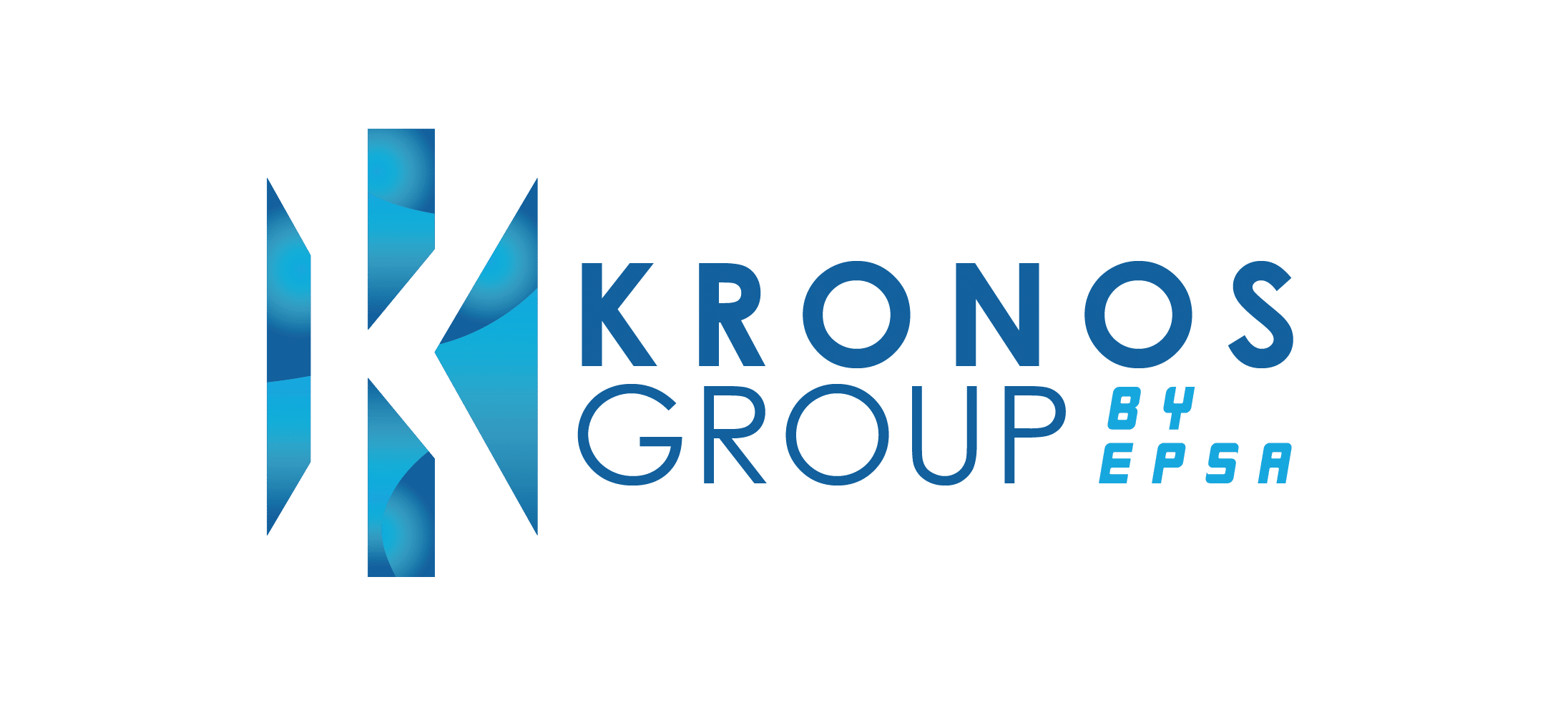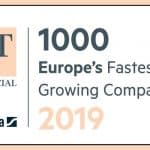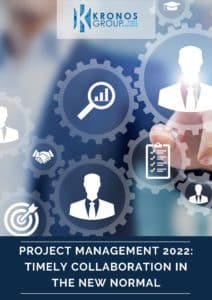What agile project management can learn from the global COVID-19 vaccine rollout

Summary
The COVID-19 outbreak may have caught the world by surprise, but the ensuing race to develop, produce, and vaccinate global populations have proved just as challenging. The aftermath leaves businesses, countries, and individuals with many lessons to be learnt.
For businesses, these lessons extend to critical business functions like project management.
In this blog post, we discuss:
What does agile project management look like in today’s context?: This project management model advocates for more responsive and nimble project completions for your business, a system of continuous improvements, adapting quickly and efficiently, and shared leadership amongst teams.
This streamlined model calls to attention the swiftness that was required of the vaccine rollout plan. In a world post-COVID-19, this resilience and responsiveness will be a necessity.
The requirement for optimisation: The vaccine rollout came up against several breakdowns that stemmed from an overestimation of the frameworks that were in place.
In order to achieve agile project management, each process must be able to reach its full potential. More transparency will also mitigate potential risks before they threaten successful project delivery.
————————————————————————————————————–
It was never anticipated that the path to recovering from COVID-19 would be easy.
Once the vaccines were developed and rolled out worldwide, there was a sliver of hope that the pandemic that plagued the globe for over a year, and still continues to this day, was on the way out.
The vaccine rollout, however, has not been as seamless as anticipated.
The long process of developing and testing the vaccines hit another roadblock when it became clear that producing the enormous volume that was required would be a challenge in and of itself.
The effects of COVID-19 have seen vacillating relationships between countries all over the world. Despite the overwhelming proof that no country could be COVID-free and operate normally unless other countries were functioning equally, several disputes have broken out over the production and supply of vaccines.
The events even prompted the European Commission’s Vice-President Frans Timmermans to admit that mistakes were made during the rollout and that they would be taking stock to ensure history will not repeat itself in the EU.
The COVID-19 vaccine rollout continues, but it is clear on all sides that the pandemic and the months since then have resulted in a very steep learning curve for countries, businesses, and individuals all over the world.
Businesses in the EU and around the world have irrevocably changed since 2020. Alongside these permanent changes comes the transformation of several key functions.
Project management is among these functions.
What does agile project management look like in today’s context?
Agile project management means more responsive and nimble project completions for your business.
It advocates for a system of continuous small improvements as and when they are required. These modifications ensure that your project management function is always working as well as it could be.
This prevents the need for your project management professionals to do extensive reworks to your model regularly to keep it functioning competitively.
An agile project management function displays features of a project management system that can survive better in the competitive environment of the global market.
The resilience this fosters is a marker of what businesses require post-COVID-19. The ability to adapt quickly and efficiently to sudden changes.
This model of project management also encourages shared responsibility, and consequently, shared leadership amongst project team members. The idea of carrying equal loads and stakes in the success of a project leads to team members being more empowered and motivated to perform at their best.
This idea of responsibility is once again reminiscent of the vaccine rollout as every segment of the vaccine chain relied on each other to bring about the best, most life-saving outcome.
The need for every part of your operations to be optimised
Agile project management depends on the optimisation of the project management function.
The many obstacles in the vaccine rollout is an example of this requirement. The European Commission president Ursula Von der Leyen spoke about how the European Union underestimated how difficult it would be to produce vaccines at the quantity that was demanded.
She shared, “In some ways, science overtook industry”. In other words, the breakdown in the process came from a lack of understanding of the efficiency that their frameworks could sustain.
In order for project management to truly be agile, every element of the project must be optimised to reach its full potential. This means everything—from managing the project portfolio to the specific project teams that are involved.
It also requires more transparency in project management processes with a clear overview of potential vulnerabilities and project risks. Only this understanding can help prevent breakdowns in timelines and assure successful project delivery.
The value of continuous learning
Failings in project management may be inevitable at some point in your business timeline, but the pandemic proved that failing to adapt may be the most critical business mistake of all.
Optimising your project management function through project management consulting, leveraging agile techniques, implementing innovative digital systems, outsourcing lower value-added functions, and ensuring that higher value addition is achieved at every opportunity is critical.
As businesses and countries continue to set their sights on a world post-COVID-19, we also look towards a future that is informed by the impact of the crisis.
Just as EU leaders have remarked, ensuring that lessons are learnt moving forward is the best way to secure a more stable, crisis-ready future.
Prepare for the future of project management by helping your project management professionals leverage the agility and improved efficiency that is geared to meet a post-pandemic, and post-vaccine business landscape.




